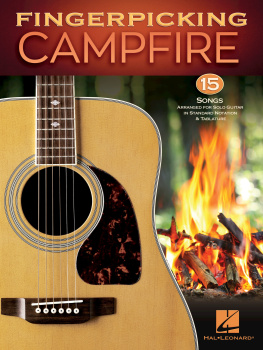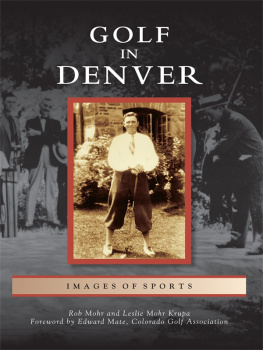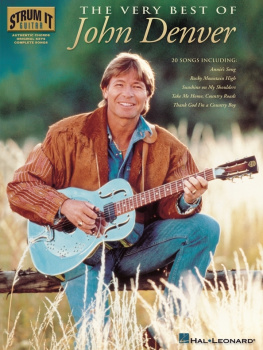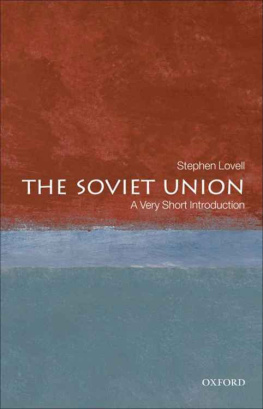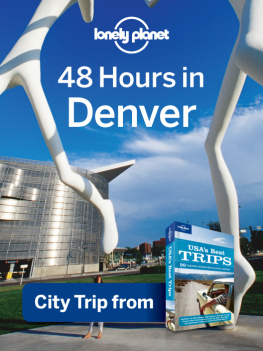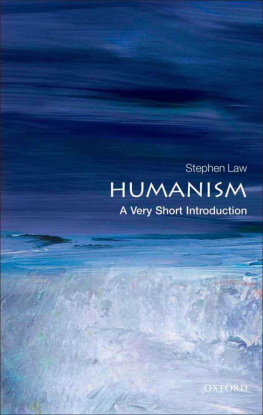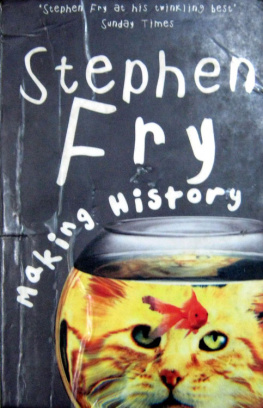University of Nevada Press, Reno, Nevada 89557 USA
Copyright 2016 by University of Nevada Press
www.unpress.nevada.edu
All rights reserved
Manufactured in the United States of America
Cover photograph: iStock.com/gcosoveanu
Frontispiece: Denver skyline with mountain backdrop. Courtesy Tom Noel Collection
LIBRARY OF CONGRESS CATALOGING-IN-PUBLICATION DATA
Names: Leonard, Stephen J., 1941 author. | Noel, Thomas J. (Thomas Jacob), author.
Title: A short history of Denver / Stephen J. Leonard and Thomas J. Noel.
Description: Reno : University of Nevada Press, 2016. | Includes bibliographical references and index.
Identifiers: LCCN 2016005517 (print) | LCCN 2016006506 (ebook) | ISBN 978-1-943859-19-1 (pbk. : alk. paper) | ISBN 978-0-87417-003-0 (e-book)
Subjects: LCSH: Denver (Colo.)History. | Denver Metropolitan Area (Colo.)History.
Classification: LCC F784.D457 47 2016 (print) | LCC F784.D457 (ebook) | DDC 978.8/83dc23
LC record available at http://lccn.loc.gov/2016005517
For my sister-in-law, Gloria,
and my brother, Mark, for keeping
me patched together and for Vi Noel
for doing the same for Tom.
STEPHEN J. LEONARD
For Vi Noel and for all my
wonderful students, who, I suspect,
have taught me more than
I have taught them.
THOMAS J. NOEL
Preface
For more than ten thousand years, people have lived at the base of the Rocky Mountains where Cherry Creek enters the South Platte River. Beginning in 1858, a town named Denver grew up there, mushrooming from fewer than 5,000 people in 1860 to what the US Census Bureau today calls the Denver-Aurora-Lakewood Metropolitan Statistical Area, with a population of more than 2.7 million. Add to that the more than 300,000 people in the adjoining Boulder Metropolitan Statistical Area, and the regional population exceeds 3 million, spread over thousands of square miles. Denver itself, with 600,158 people, ranked as the nations twenty-sixth-largest city in 2010, and Aurora, to Denvers east, emerged as a sister city, boasting a population of more than 325,000, putting it fifty-sixth nationally.
Shoehorning all those people and that long sweep of time into the space allocated to this Short History has been challenging. Jerome Smiley, who wrote a Denver history in 1901, took 978 pages to do the job, and he has been faulted for not giving enough space to women and minorities. In 1990, when we wrote Denver Mining Camp to Metropolis, we struggled to fit the citys past into 544 oversize pages. The indefatigable Phil Goodstein has alone produced probably more than 5,000 pages on the city, and Tom Noel has devoted many of his forty-nine (counting this one) authored or coauthored books to Denver. Scores of other writers have sliced, diced, and summarized the story of Denver and its suburbs.
Obviously and regrettably, we have been forced to leave out much. In deciding what to include, we created imaginary readers and wrote the book for them. Some of our target readers may have grown up in Denver but never formally studied Denver or Colorado history. Or they may have learned it, forgotten it, and now need a refresher. Many of our imagined readers are among the hundreds of thousands of people who have been born in the Denver area in the past half century or have moved here from elsewhere. They may have picked up scraps of local lore. They perhaps know a little about the Arapaho and Cheyenne Indians who occupied the region before being driven away by gold seekers. They may have heard of John Evans because he has a prominent mountain west of the city named for him. They may have learned of the scandal and pathos surrounding the lives of Horace and Baby Doe Tabor. A goodly number of them know of Buffalo Bill (William Cody), the frontier scout turned showman whose spirit peers out over the city from his grave atop Lookout Mountain. Virtually all of them are aware of the Denver Broncos.
Partly, this book attempts to give greater substance and context to what many readers already know. Partly it aims to inform them of what they do not know by introducing them to some of the movers and shakers, heroes and villains, who shaped the city. It offers an overview of major events in the citys past, and it recognizes that Denvers history, especially its recent history, is the story of a metropolitan area with many communities rather than that of a single city.
We might have crammed Short History full of names and dates and risked putting imaginary readers to sleep. Instead, we have tried to reduce a Pikes Peak of information to a climbable hill. We go into detail about some aspects of the citys past and omit or downplay others. We mention hundreds of noteworthy people but exclude thousands. For the annals of public utilities, stirring tales about wastewater disposal schemes, and colorful accounts of taxation policies, readers must look elsewhere. We hope they will find this book a palatable, not overly filling appetizer, triggering their hunger for more Denver history. In the chapter on historic preservation, we suggest where to look for the past. In the list of sources, we mention books that have helped us make this book and will give those readers who want to learn more a place to dig deeper.
Finally, in constructing imaginary readers, we have kept in mind teachers and Denver history buffs. The teachers may need a place to go to find a brief account of local history so they speak intelligently to their classes. The buffs will know much of what they read here but may need to fill in a few gaps. We leave it to you, esteemed readers, to judge how successful we have been in making a long story short.
Acknowledgments
Many people made this book possible. At the Denver Public Librarys Western History and Genealogy Department, hats off to manager Jim Kroll and crackerjack librarians Wendell Cox, Kellen Cutsworth, Erin Edwards, Craig Haggit, Bruce Hanson, Joan Harms, Abby Hoverstock, James Jeffery, and Jamie Seemiller. Photo librarian Coi Drummond Gehrig worked her usual magic. At the Stephen Hart Library at History Colorado, thanks to librarians Pat Fraker, Sarah Gilmor, and Melissa VanOtterloo; library director Laura Ruttum Senturia; library services technician Kasey Brooks; and staff photographer Jay DiLorenzo. Auraria Library archivist Rosemary Evetts assisted us, and we also appreciate librarian Ellen Metters and library director Mary Somervilles support of local history. Many thanks to the libraries, museums, and photographers credited in the image captions for the images they have provided. Photographers Glenn Aultman, Glenn Cuerden, Sandra Dallas, Michael Gamer, Virginia Simmons, and Roger Whitacre have kindly allowed use of their art.
At Metropolitan State, History Department students, faculty, and staff have shared knowledge and offered help. Thanks to faculty members Owen Chariton, Vincent C. de Baca, James Drake, Peg Ekstrand, Derek Everett, Debra Faulkner, Meg Frisbee, Dolph Grundman, Frank Harper, R. Todd Laugen, Matt Makley, Laura McCall, John Monnett, Frank W. Nation, Kevin Rucker, and Ellen Slatkin. By fostering scholarly endeavor, Metropolitan State president Stephen Jordan, provost Vicki Golich, deputy provost Luis Torres, dean Joan L. Foster, associate dean Art Campa, and administrative staff members Gloria Kennison, Donna Potempa, Sharon Roehling, Chrystyna Banks, and Vince Werner helped make this book possible.




